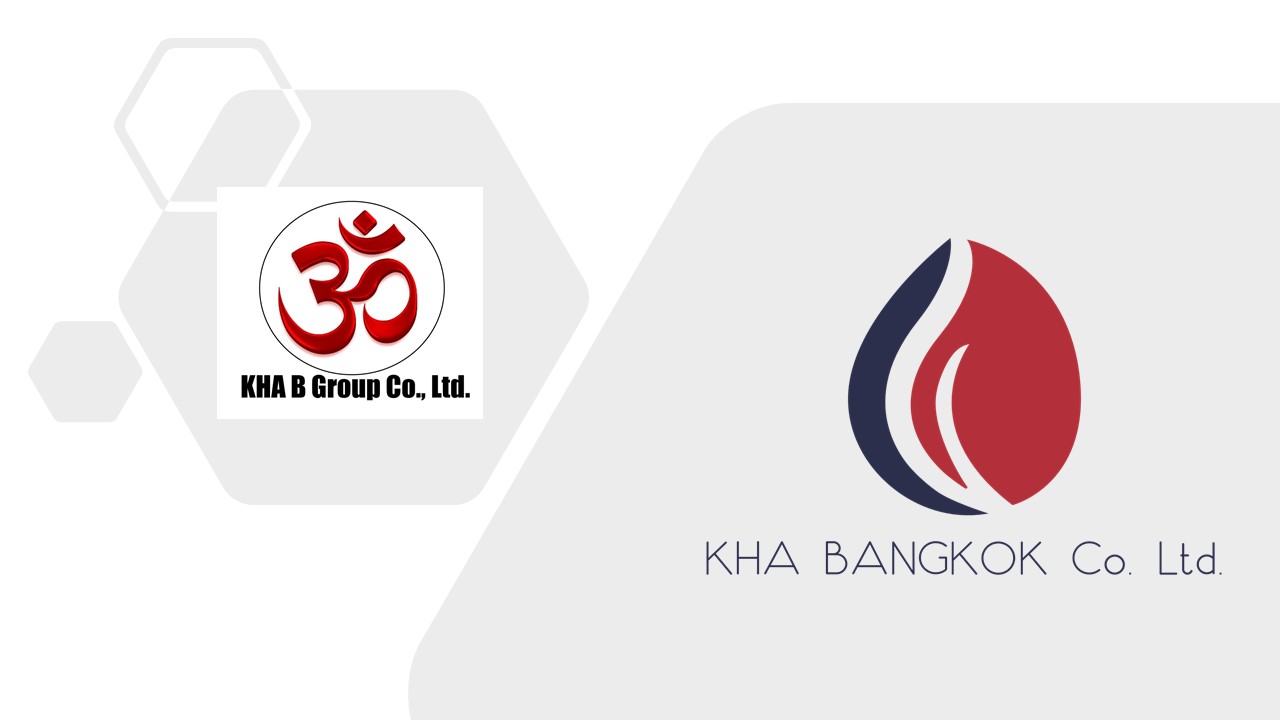The government’s continued support for Thailand to become one of the world’s significant medical hubs, and improved confidence in the Thai medical system at the global level, will increase the number of medical tourists to Thailand once traveling restrictions in many countries are eased.
Thailand’s reliance on medical devices imports, such as some raw materials for disposable devices and sophisticated medical devices such as electromechanical devices and hospital hardware, represents a great opportunity for multinational manufacturers of medical devices
Embracing the New Normal
Thailand’s competitive biotechnology which is driven by supportive intellectual property protection, a technically equipped workforce, and rich biological diversity benefits research and development activities aiming to cure the COVID-19 virus pandemic and several other prevalent diseases.
The pandemic also improves the way people take healthcare precautions for medical visits and receive medical services. Hence the use of more advanced technology such as medical robotics, software and telemedicine is set to rise.
Many hospitals and healthcare facilities in Thailand are applying digital technology to their services such as the use of smartphone technology to assist with access to medical services (eHealth and mHealth), Electronic Medical Records and telemedicine to provide medical advice remotely, as well as Remote Health Monitoring Devices based on sensor technology.
Strategic Geographic Location
In addition to Thailand’s strengths in supplying the increasing demand for healthcare, the country’s geographic location gives it an outstanding comparative advantage. Located in the heart of the ASEAN region, the country’s infrastructure allows businesses to connect with emerging markets, especially in the CLMV (Cambodia, Laos, Myanmar, Vietnam) countries which provide a combined market size of more than 172 million people.
Growing Prospects for Medical Devices Thailand’s economic competitiveness, rising demand from the aging population, expanding middle class and more tourists seeking affordable high-quality health care services have supported growing future prospects for the medical device industry. On top of that, the pandemic of the COVID-19 virus adds an impetus to the demand for a wide range of medical devices from frontline medical practitioners to general populations and accelerates the medical system’s adoption of more advanced medical devices.

Despite increased regulation, Thailand’s medical device market still presents a tremendous opportunity for foreign medical device companies looking to export their products. The government’s continuing commitment to improving the Thai health-care system, as well as the country’s rising standard of living, longer life spans, new disease patterns, and affluence, demonstrate a demand for better health-care products and services.

The reliance on the import of sophisticated medical devices underscores the significant potential for investment opportunities in Thailand.
Regionally, Thailand is the most important importer of medical devices (by value) in the ASEAN zone; The United States is the biggest supplier of medical goods to Thailand, providing 21% of all imports, followed by China, Germany and Japan.

The key factors for the success of the Chinese export of medical devices to Thailand are:
- The medical device industry in China sped up only in recent years due to substantial capital injections, advanced technologies and supportive policies. The current premature stage indicates much potential for growth soon and the exciting emergence of new high-tech companies.
- New regulations of China’s National Medical Products Administration (NMPA).
- A good quality standard of products at a competitive price.
- The new Regional Comprehensive Economic Partnership, RCEP, the world’s biggest free-trade agreement. It includes the 10 member states of ASEAN; Vietnam, Thailand, the Philippines, Laos, Cambodia, Myanmar, Malaysia, Singapore, Indonesia and Brunei – along with Australia, China, Japan, New Zealand and South Korea.
- A new approach to the Thai market, aimed at favoring direct control of the local business, through independent License Holders or by opening local branches.

Asia-Pacific nations sign world’s biggest free-trade agreement
This last strategic aspect, the direct control of marketing activities and regulatory aspects (FDA licenses), is common to all the foreign Medical Device companies that have had successful performances in the Thai market. An example for all is that of NIPRO, a Japanese world leader in pharmaceuticals, medical equipment and devices. NIPRO established in 2007 in Thailand, a subsidiary of NIPRO CORPORATION, NIPRO SALES (THAILAND). Through the Thai subsidiary they have direct control of local operations and FDA licenses, delegating the sales activities to three local distributors, (VIVA MEDICA, OREX TRADING COMPANY, MAHACHAK INTERNATIONAL). This strategic approach is due to the extreme fragmentation of medical distribution in the local market. More than 10,000 Medical Device distributors operate in Thailand, 98.5% of which are small companies. Hence the need for an entry strategy that provides for direct control of the activities by the Producer and allows for multiple distributors.

The Chinese medical device manufacturers, through a correct benchmarking activity, have perfectly understood the winning entry strategy, and are increasingly shifting the focus from the products to the market. This approach will allow Chinese manufacturers to quickly erode the market share of US competitors, allowing them to become the first medical device exporter in Thailand.
“CHAPEAU” CHINA!

